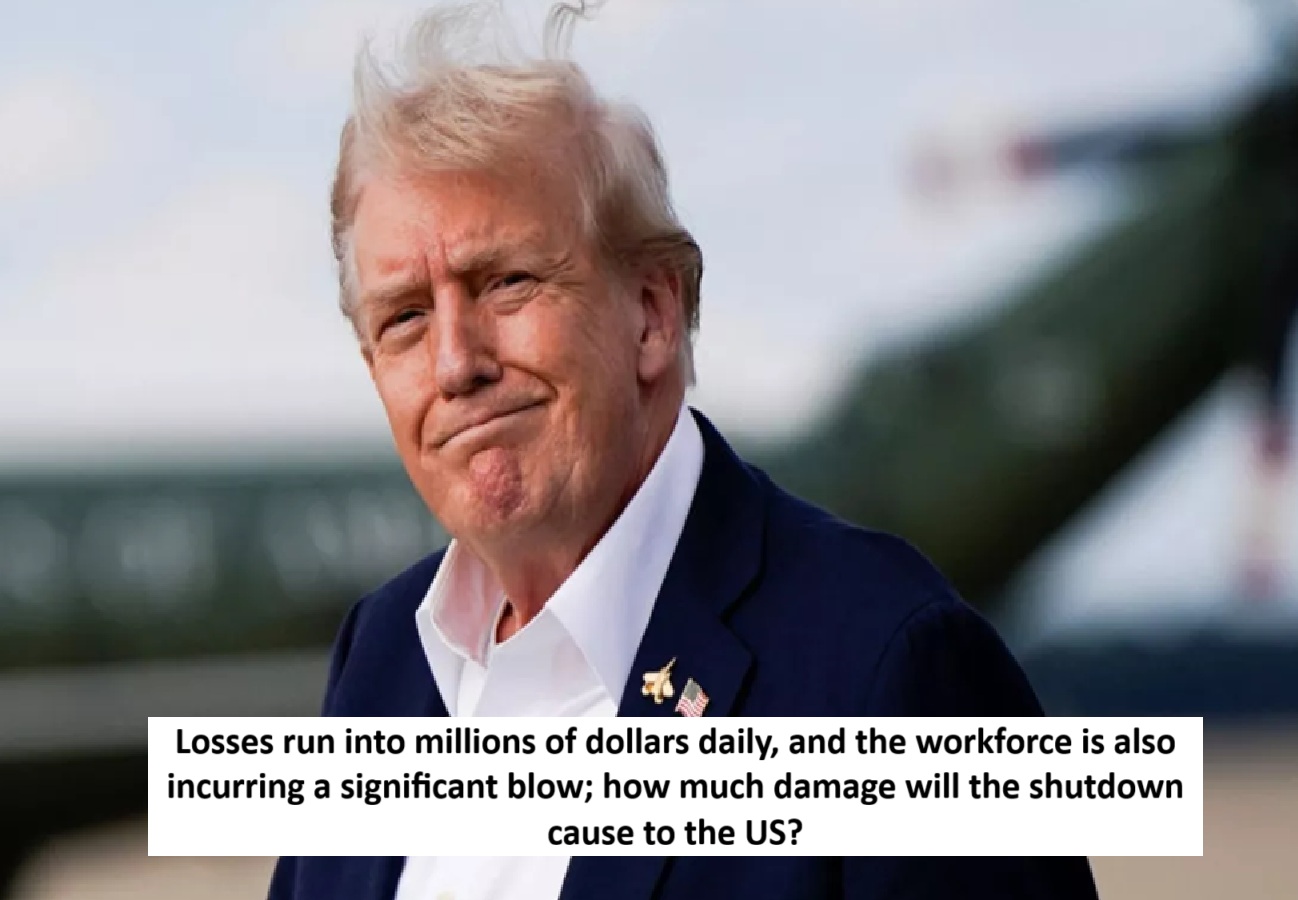
News Topical, Digital Desk : It has been 24 hours since the US government shutdown, but there is no resolution to the political impasse.
Republicans and Democrats are locked in a bitter battle over health insurance subsidies, leaving millions of government workers unemployed and forcing the closure of historic sites from Pennsylvania's Liberty Bell to Hawaii's Pearl Harbor.
Democrats say the Affordable Care Act's subsidies are necessary to keep insurance premiums from rising, while Republicans dismiss them as a "handout" related to immigration and healthcare.
In this confrontation, President Donald Trump has accused Democrats of holding the American public hostage. Democrats, on the other hand, say Trump is using the public as pawns. With no agreement, government funding has dried up and the country is once again in the grip of a shutdown.
What is the reason for the shutdown?
The crisis began when Senate Democrats refused to support a short-term spending bill because it did not include funding for Affordable Care Act subsidies. Democrats argue that without these subsidies, millions of families would be burdened with higher insurance premiums.
Republicans, on the other hand, are opposing it, calling it an extension of "Obamacare." Trump has clearly stated that he will not accept the Democrats' demands. Some moderate senators are willing to negotiate, but no consensus has been reached between the two sides.
Political recriminations have also intensified. The Trump administration has accused Democrats of "prioritizing health insurance for illegal immigrants," a claim Democrats have dismissed as false. A heated exchange is underway between Vice President J.D. Vance and Senate Democratic leader Chuck Schumer.
How much loss is being incurred every day?
According to the Congressional Budget Office, the shutdown is costing the government about $400 million per day. Nearly 750,000 government employees are on leave without pay, while essential workers like the military, border security, and air traffic controllers are working without pay.
The shutdown is affecting government contracts, projects, and consumer spending, posing a blow to the economy. A prolonged shutdown could undermine investor confidence and hamper growth.
What everyday things are being affected?
The crisis is even more severe for workers. Trump has hinted that furloughs could be used for permanent layoffs this time around, which has increased employee anxiety. Especially in sectors like the Education Department, where staffing has already been cut in half, missed paychecks threaten families' livelihoods.
Essential services such as the military, Medicare, and Medicaid remain operational, but many civilian services are halted. National parks, museums, and monuments are closed, including Missouri's Gateway Arch and Boston's John F. Kennedy Library.
This shutdown is causing hardship not only for workers but also for ordinary citizens and tourists. There seems to be no hope for a compromise between the two sides, and this impasse is proving costly for the country.
Read More: Will the Russia-Ukraine war end now? A draft of a 'better' peace plan is ready.
--Advertisement--

 Share
Share



